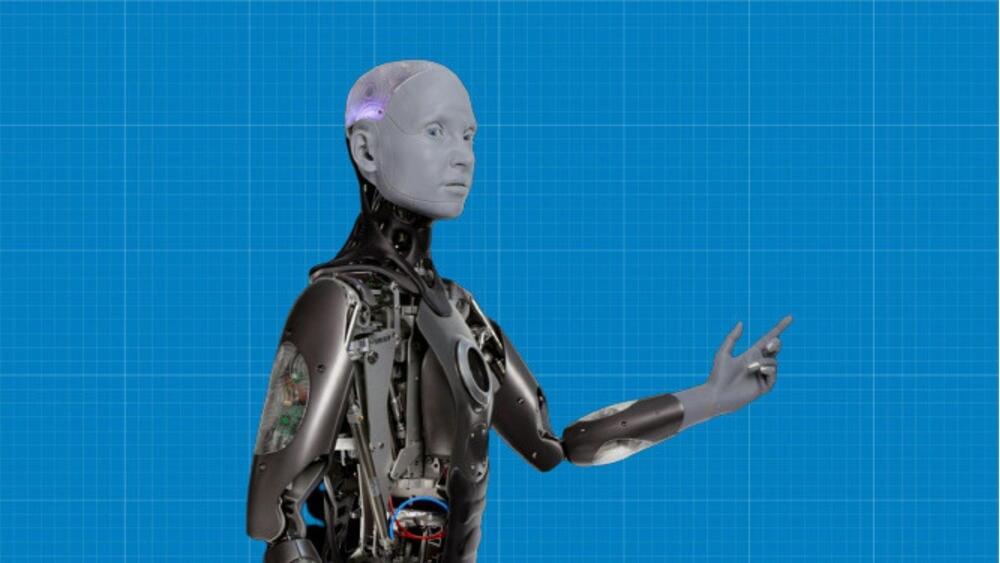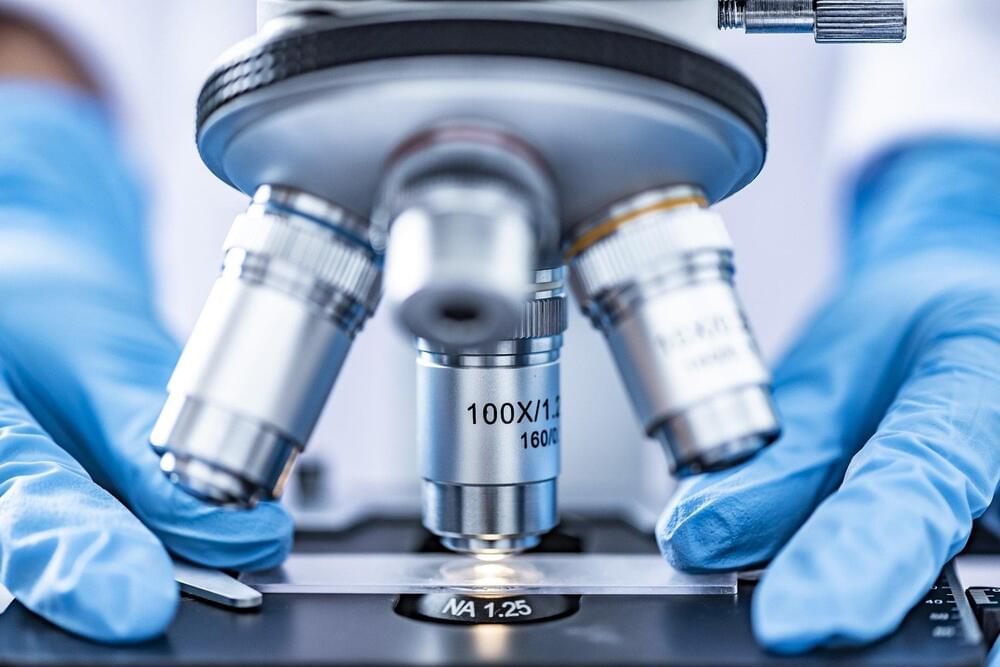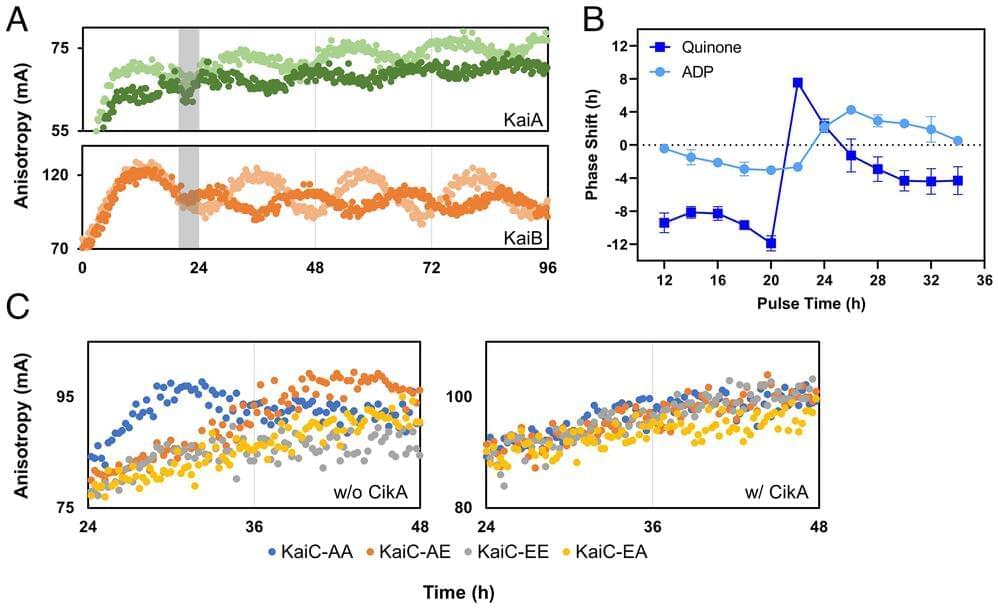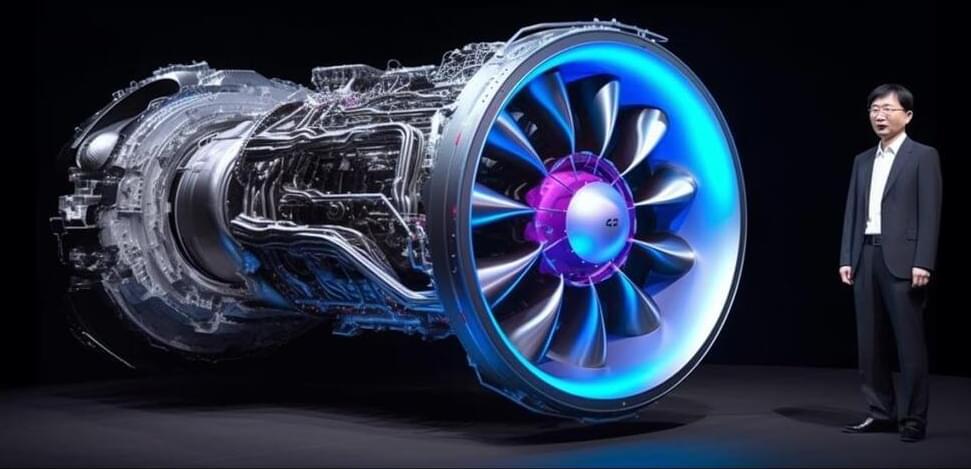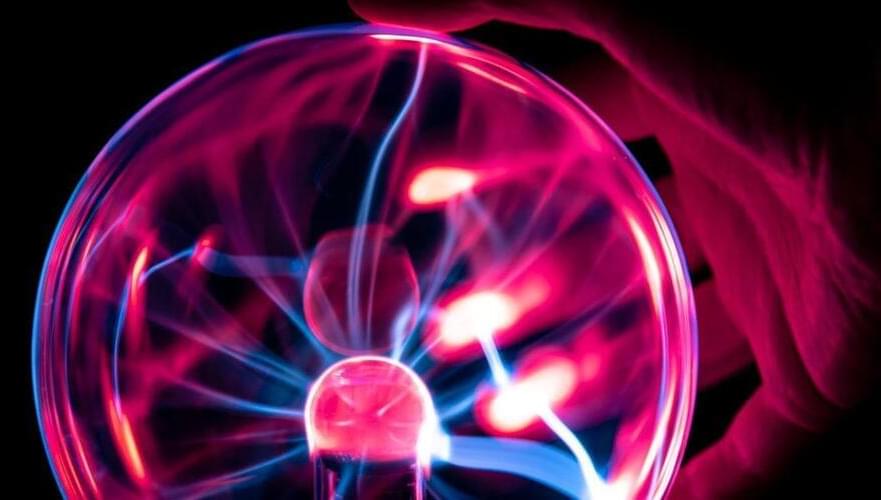Apr 11, 2023
Florida fight over ‘baby boxes’ part of bigger culture war
Posted by Ken Otwell in categories: biotech/medical, law
How does this work for the parent when they have a birth certificate but no baby to show for it, and no record of “disposing” of it?
FORT LAUDERDALE, Fla. (AP) — Safe Haven Baby Boxes and A Safe Haven for Newborns are two charities with similar names and the same goal: providing distressed mothers with a safe place to surrender their unwanted newborns instead of dumping them in trash cans or along roadsides.
But a fight between the two is brewing in the Florida Senate. An existing state law, supported and promoted by the Miami-based A Safe Haven, allows parents to surrender newborns to firefighters and hospital workers without giving their names. A new bill, supported by the Indiana-based Safe Haven Baby Boxes, would give fire stations and hospitals the option to install the group’s ventilated and climate-controlled boxes, where parents could drop off their babies without interacting with fire or hospital employees.
Continue reading “Florida fight over ‘baby boxes’ part of bigger culture war” »




